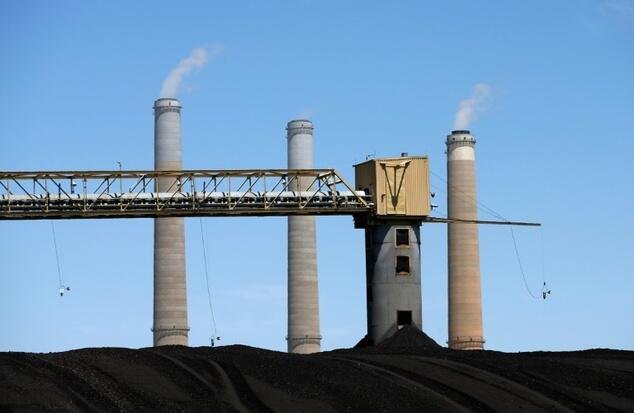The cornerstone of President Barack Obama’s drive to fight global warming underwent close scrutiny Tuesday in a high-stakes day in court.
The so-called Clean Power Plan, approved last year, sets state-by-state emissions targets for existing power plants and aims to reduce America’s output of CO2 by nearly a third by 2030 as compared to 2005 levels.
They mostly affect coal-fired plants, a big part of the US energy mix and a major source of carbon emissions pollution.
But the Supreme Court put the plan on hold in February, suspending a law that Obama had hoped would be part of his legacy on environmental issues as he prepares to leave office in January.
The court’s action raised doubts about America’s contribution to a historic accord to fight global warming, reached in December in Paris, and infuriated environmentalists around the world.
The Supreme Court did not rule on the merits of the plan. Rather, it simply stayed its implementation until challenges could be settled by another, lower court.
That’s the US Court of Appeals for the District of Columbia Circuit, which heard arguments Tuesday. The court is generally considered the second most powerful in the nation, after the Supreme Court.
In a sign of how big this case is, the appeals court addressed it with a panel of 10 judges, rather than the usual three.
The justices were hearing from more than a dozen lawyers in a case that illustrates how American courts, politics and powerful lobbies interact in a high profile case.
Tens of billions of dollars are at stake in a clash over the electricity that will power 21st century American homes at a time of keen worry over climate change.
In one corner are opponents of the Obama plan: 27 mainly Republican states, coal mining companies and electricity suppliers, as well as a long list of Republican lawmakers.
– Too close to call –
These critics say the restrictions imposed by the plan are too costly, both in terms of implementation and job losses, for regions that live off the production of fossil fuels.
If applied, the new rules would force the closure of many coal-fired power plants or their conversion to gas turbine facilities, while also encouraging the development of renewable energy sources.
Opponents also accuse the federal government of overreach, arguing that issues involving production and distribution of energy are up to the states themselves, not the central government in Washington.
“In West Virginia, 96 percent of our power comes from coal,” Elbert Lin, an attorney defending the state of West Virginia, argued before the court on Tuesday.
“This is about forcing a different mix of electricity generation,” he added.
In the other corner was the Obama administration, backed by 18 states and an array of environmental groups.
“This rule is all about pollution control and nothing else,” Eric Hostetler, a lawyer for the Justice Department, said of the energy plan.
He said most US states were already turning toward cleaner sources of energy, anyway. “This rule deepens the trend,” Hostetler said.
How the appeals court might rule is anyone’s guess.
Of the 10 judges who took up the case on Tuesday, six were appointed by Democrats and four by Republicans. But of course they are free to vote as they wish.
The case is so important that many experts predict the Obama plan will end up back in the Supreme Court.
Since the high court’s shock ruling back in February, one of the nine justices died.
The late Justice Antonin Scalia has yet to be replaced, leaving the court divided evenly at four conservatives and four liberals and thus prone to deadlock.
In cases where the Supreme Court issues a tie vote, whatever law they are ruling on stands as is.
So whatever comes out of the appeals court that convened is very important. A decision is expected in the next few months.
Source: AFP











